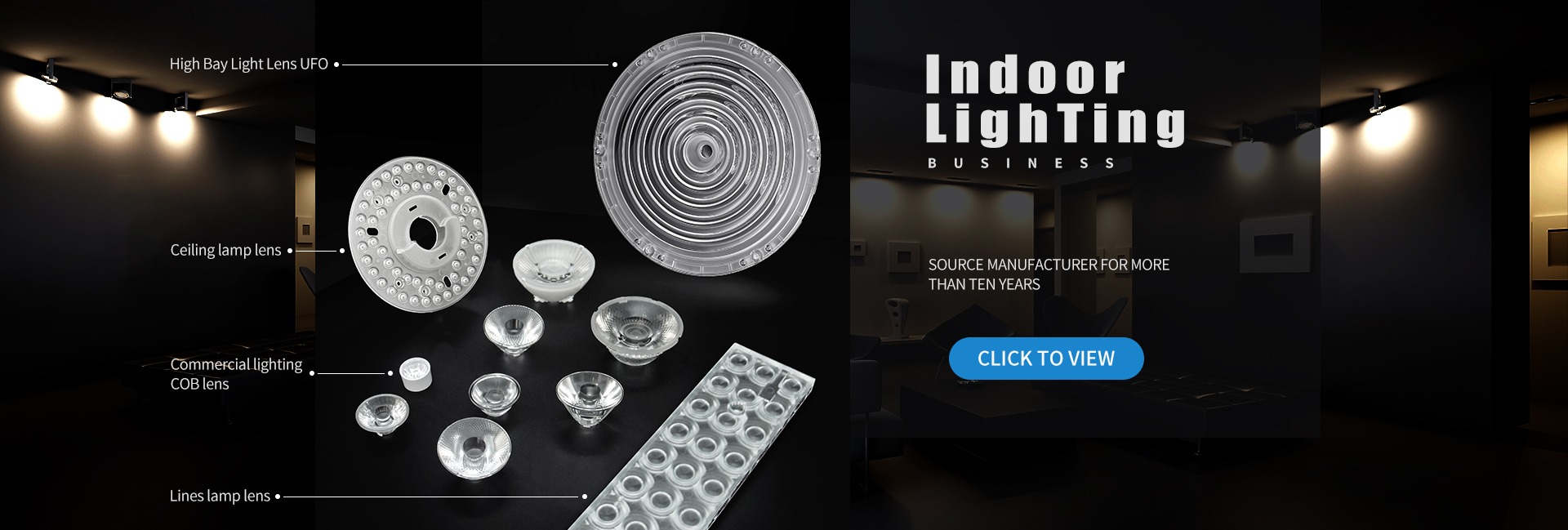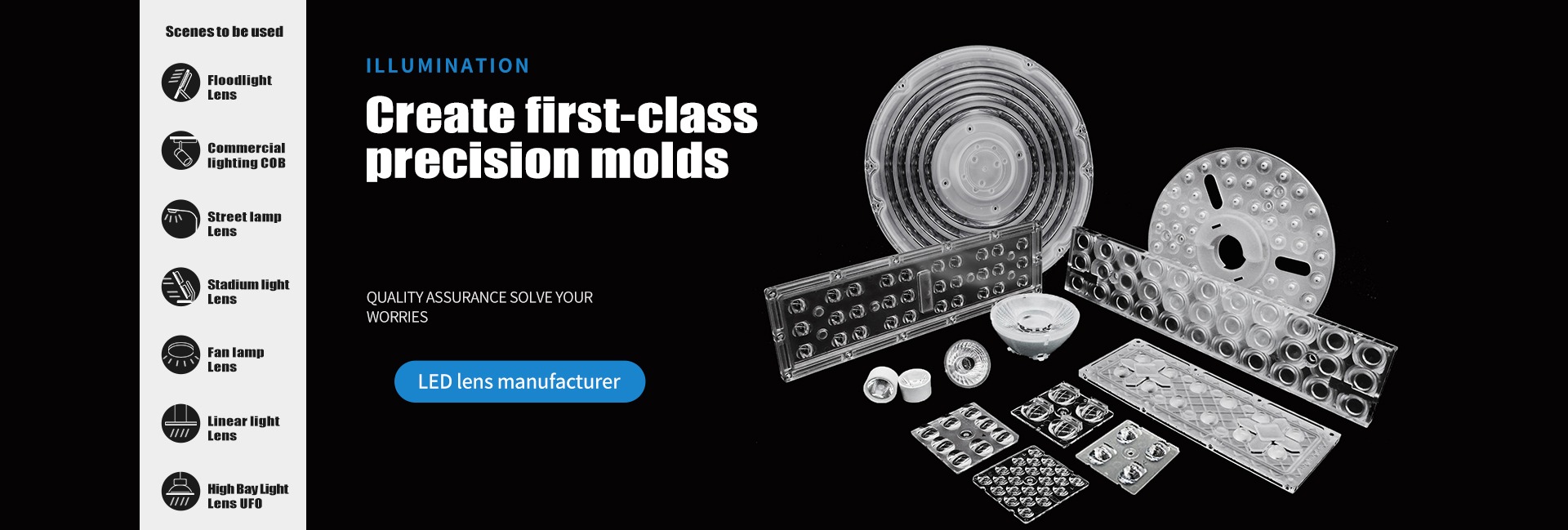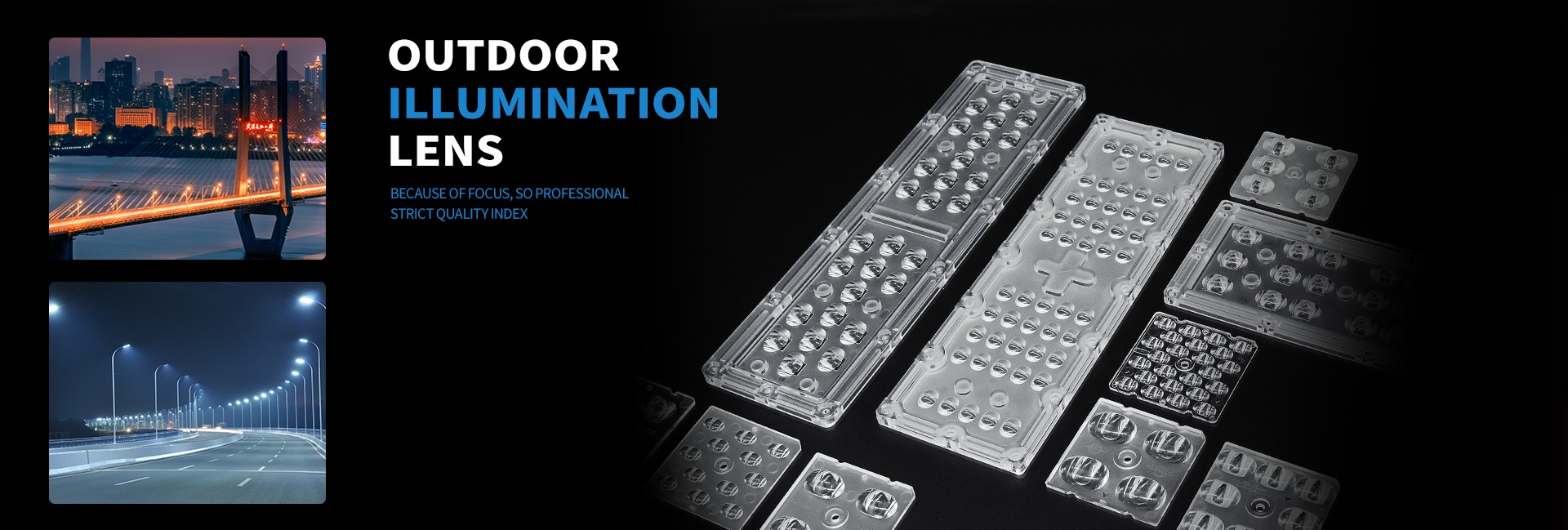


2022-12-07

In a high-volume production environment, optical components or optical systems require low-cost materials and low-cost fabrication techniques. Plastic optics are used frequently today primarily for this reason.Plastic optical materials also have lighter weight, higher impact resistance, and offer more configuration possibilities than glass materials.Configuration flexibility is one of the greatest advantages of plastic optics. Aspheric lenses and elaborate shapes can be molded, for example,lenses with integral mounting brackets, spacers, and mounting features for easy alignment.
There are some issues, however, that must be considered when using plastic as an optical material. The principal disadvantage of plastic is its relatively low heat tolerance. Plastic melts at a much lower temperature than glass. It is less resistant to surface abrasion and chemicals.Adhesion of coatings on plastic is generally lower than on glass because of the limitation on the temperature at which the coatings are deposited, due to a low melting temperature of plastic. Further, the durability of coatings on plastic lenses is less robust than on glass. In addition, coatings on plastic often craze over time. The use of ionassisted deposition of plastic coatings offers harder and more durable coatings on plastic.
The choice of optical plastic materials is very limited, which means that there is not a lot of freedom in the optical design process. A very important limitation is the high thermal coefficient of expansion and a relatively large change in refractive index with temperature. The refractive index of plastic materials decreaseswith temperature (it increases in glasses), and the change is roughly 50 times greater than in glass. The thermal expansion coefficient of plastic is approximately 10 times higher than that of glass.
High-quality optical systems can be designed with a combination of glass and plastic lenses. In a combination with glass components in the system, plastic lenses can reduce the price and complexity of the optical system tremendously. When the optical power is mainly distributed over the glass components in the system, with one or two weak-powered plastic aspheric correctors, optical aberrations, especially distortion in wide field-of-view systems, can be very efficiently removed. Weak-powered plastic elements are used to minimize the effect on focus with temperature change.